Tanabe Chikuunsai I
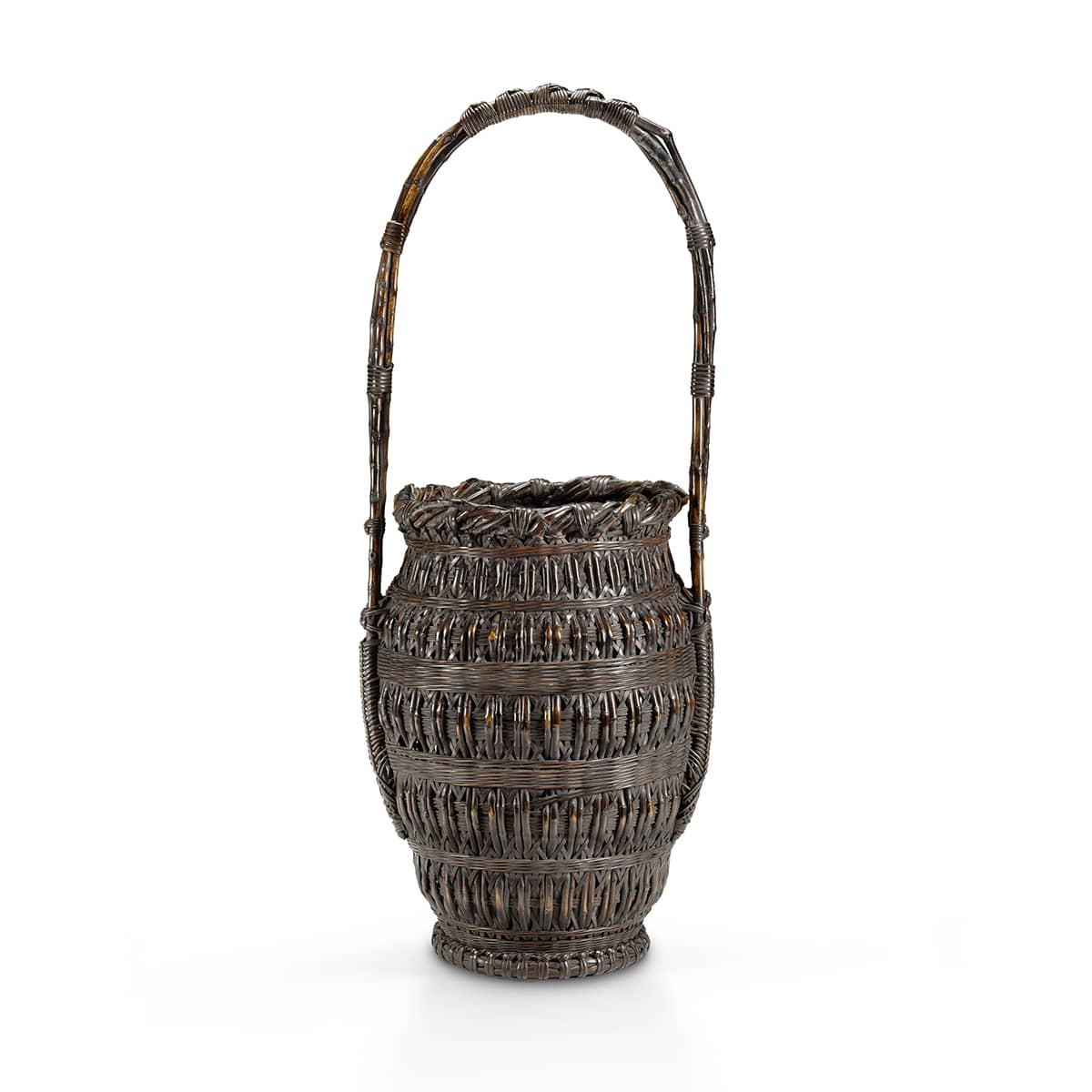
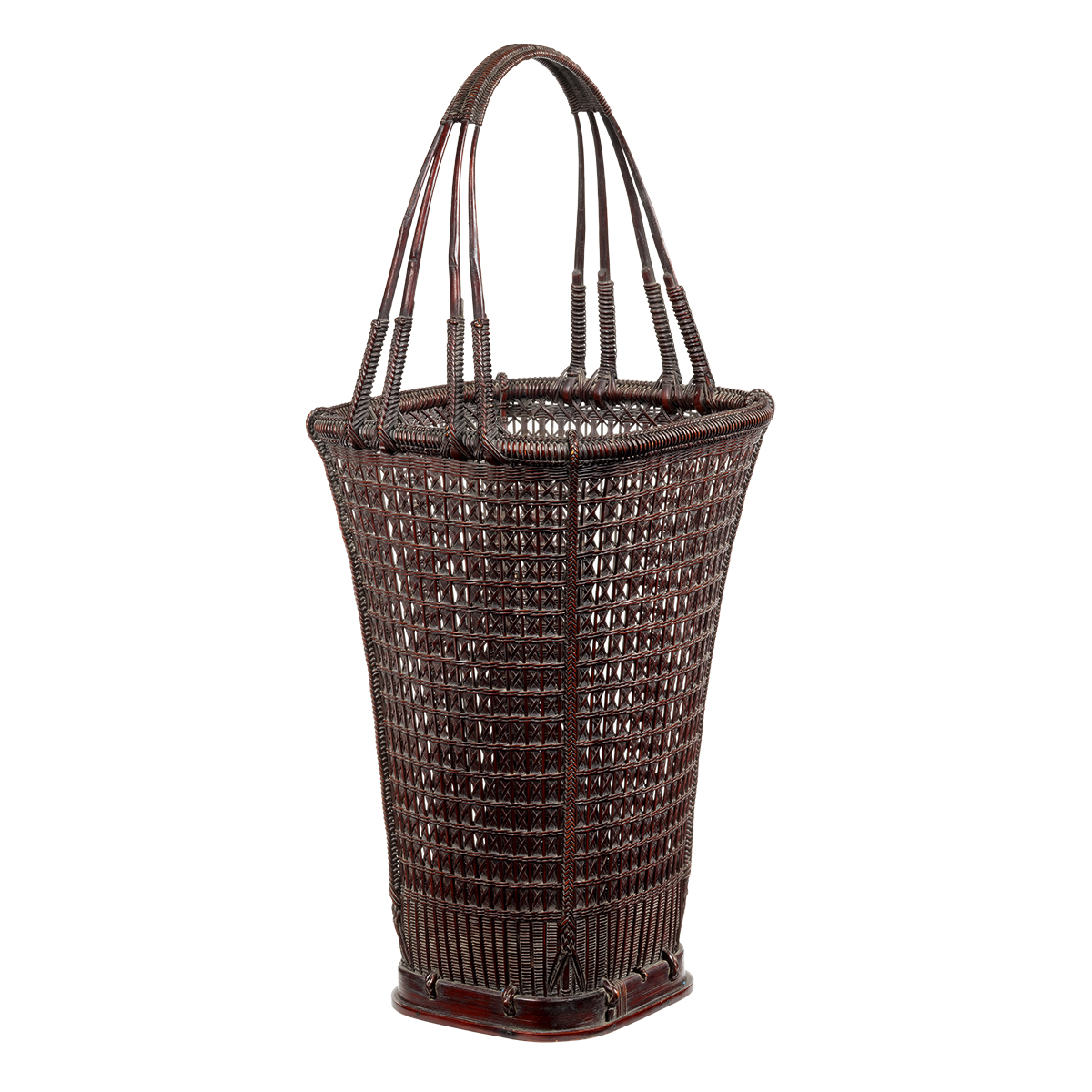
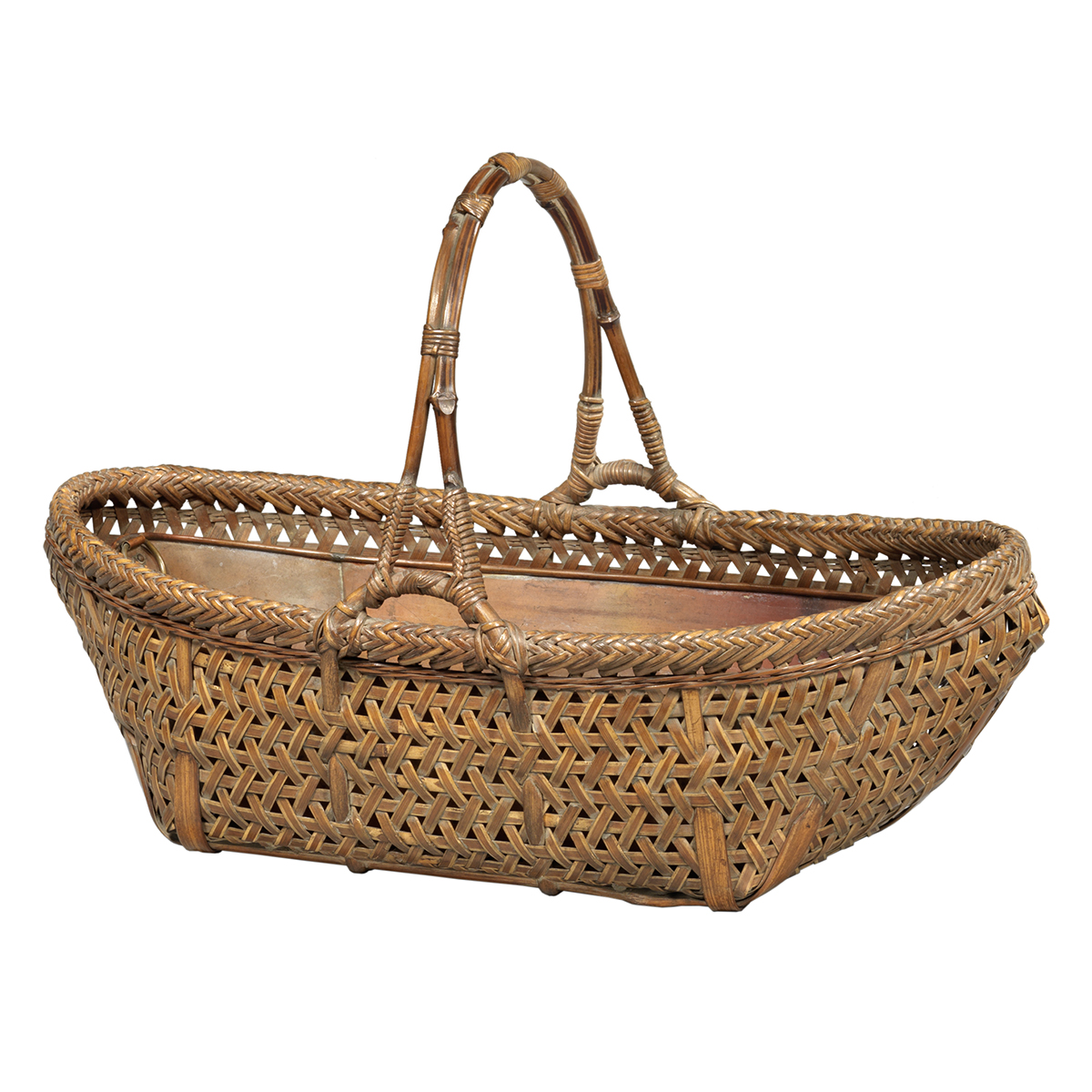
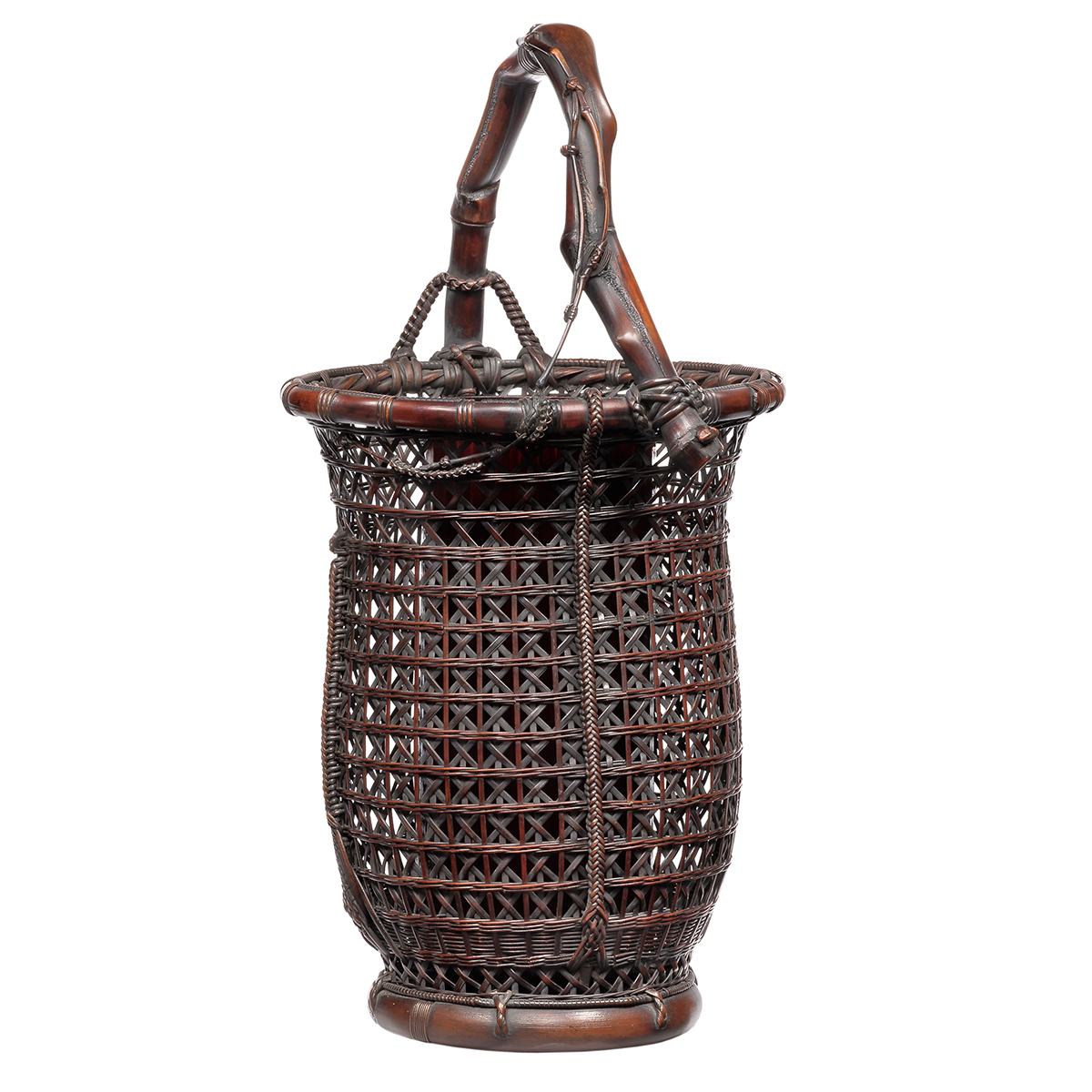
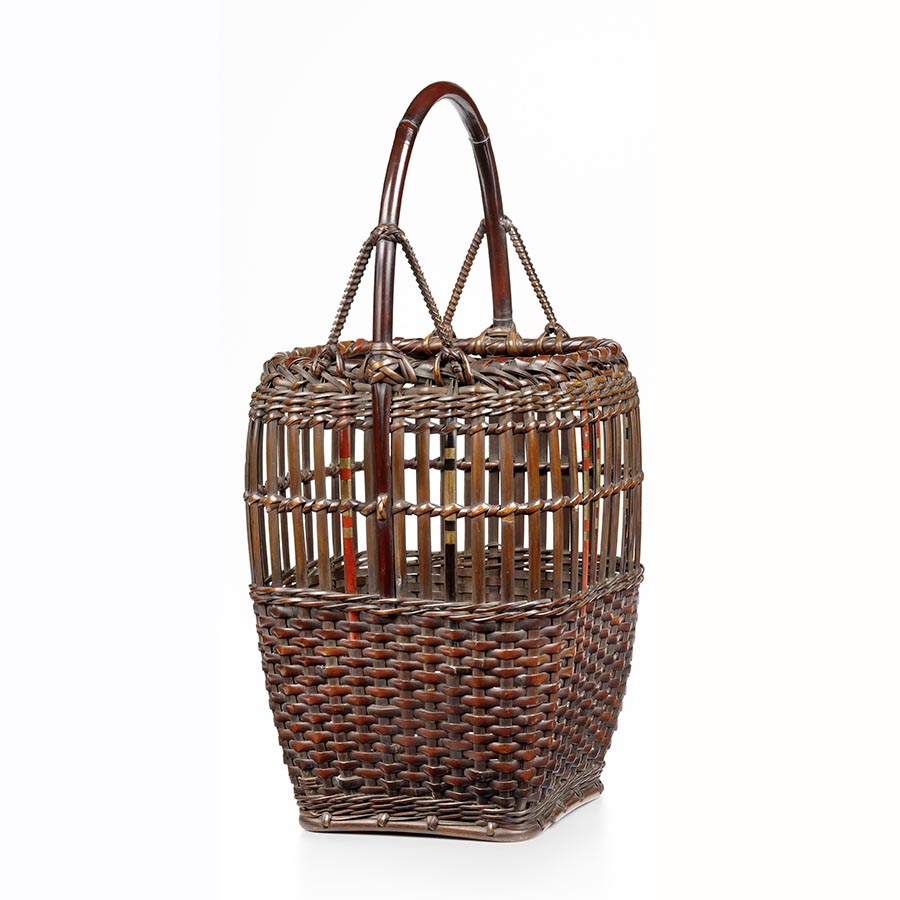
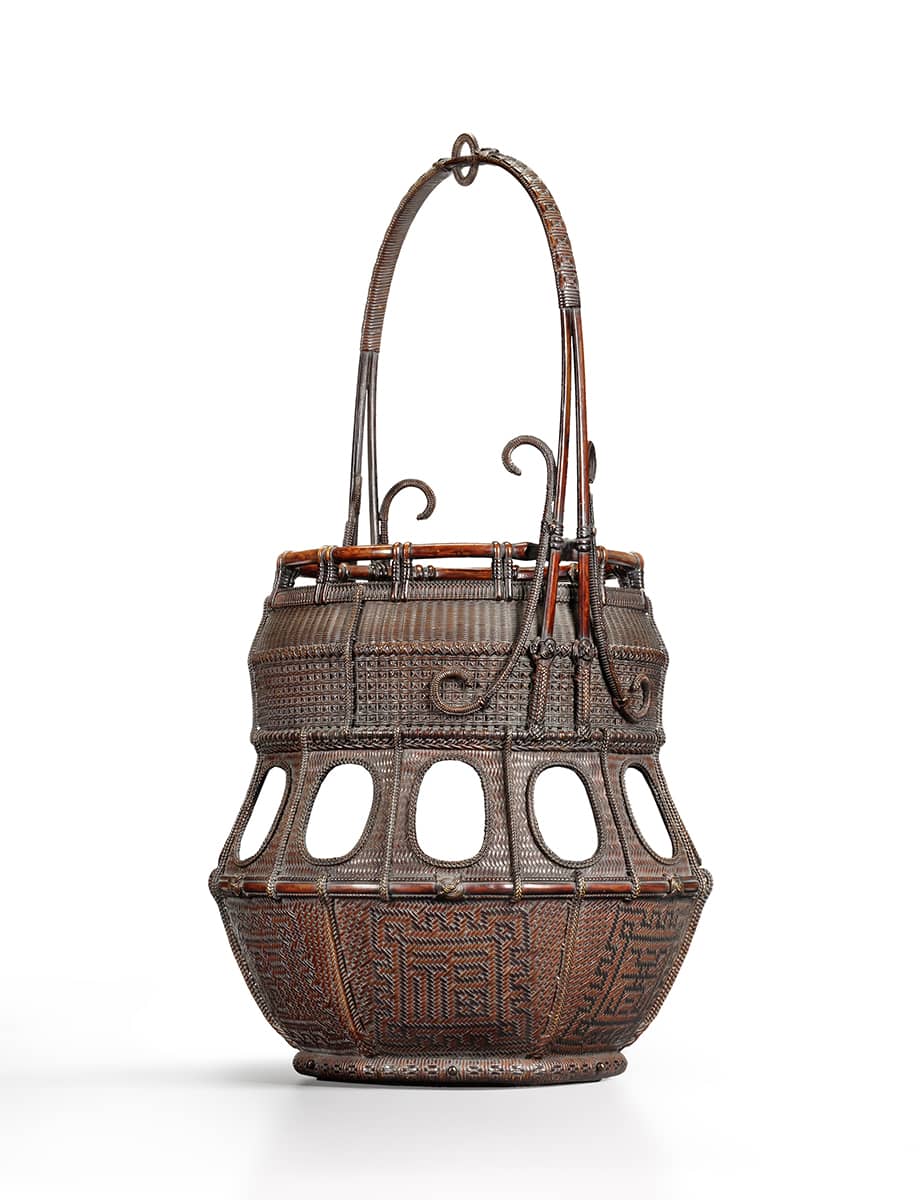
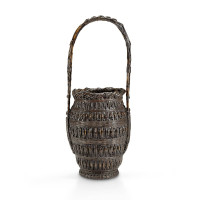
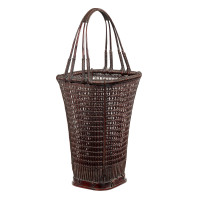
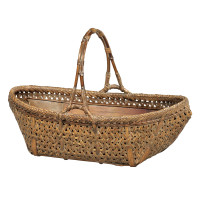
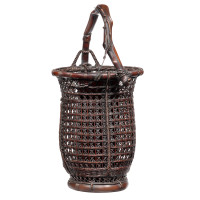
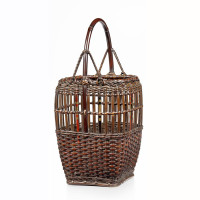

Description
Tanabe Chikuunsai I (1877-1937)
The third son of Tanabe Chikatoki Yoshitsune, doctor to Lord Matsudaira of the Amagasaki Domain, Tanabe Chikuunsai I (given the birth name of Tsuneo) took an early interest in crafts by regularly visiting a basket weaver neighbor.
When he turned twelve he became an apprentice in the Osaka workshop of the bamboo artist Wada Waichisai I (1851-1901), known for his meticulous and delicate weaving employed in Chinese-style baskets and ustensils for the sencha tea ceremony. He was only twenty-four when his master bestowed upon him the name of Chikuunsai ("Bamboo Cloud"), a name formerly held by Waichisai. Shortly afterward, he founded his own workshop and became an independent artisan.
In 1903 Tanabe Chikuunsai I presented his first works at the fifth National Industrial Exposition, then began to harvest many regional and national prizes. His workshop flourished, and many apprentices and established craftsmen worked there. It produced intensively for the domestic market and exported items to the United Kingdom, France, and above all Germany.
In 1910 he moved from Osaka to Sakai, a port town with a vibrant artistic scene. Sen no Rikyū (1522-1591), the greatest master of the wabi school of tea, was hiself from Sakai. This move favored many interactions with artists and literati, which allowed Chikuunsai I to develop his art. A literati in the Chinese tradition (bunjin), he also practiced the art of floral arrangement and calligraphy by studying Chinese painting and the sencha tea ceremony.
One of Chikuunsai I’s ryūrikyō-style hanging baskets was presented to Emperor Taishō during the latter’s visit to Osaka in 1914. In 1925 he won the Bronze Medal at the International Exhibition of Modern Decorative and Industrial Arts in Paris for another Ryūrikyō-style hanakago basket. Initially a basket weaver craftsman, he became an artist and held his first private exhibition of decorative art in bamboo. Tanabe Chikuunsai I was at the head of an uninterrupted family lineage active over more than a century, and responsible for the training of many prestigious artists in the Kansai region.